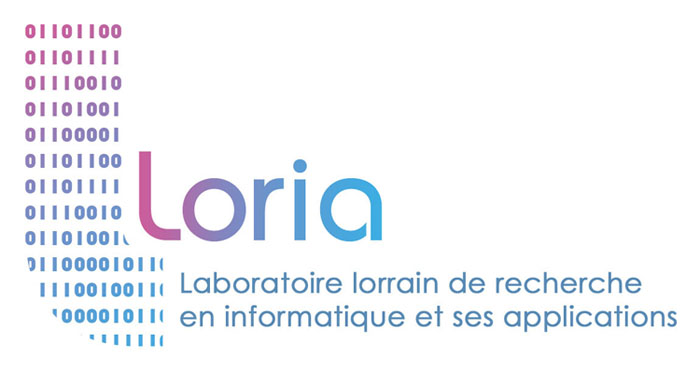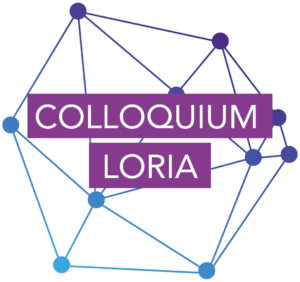Natural Language Processing & Knowledge Discovery
Presentation
All TALC teams work on the three closely related notions of document, language and knowledge. There are some common notions which are present in most of the teams.
In a wide range of contexts, computational semantics – i.e studying, building and reasoning with meaning is a common research area. Indeed, in document analysis, characters or symbols in a document could be considered as low level cues used and combined to build more complex entities. Speech recognition or sentence analysis studies semantics related to language. And, at a more “higher” level, discourse or knowledge representation require the study of logical formalisms, their expressive power, the mapping from one formalism to another, reasoning and proving.
Models are used in several teams of the TALC department: models of characters, of documents, articulatory models and language models, models of knowledge.
Many activities provide input or output to an end-user, for example in developing natural language-based interface, learning systems, or providing ontologies to experts of a domain.
Head
Fabien Lauer
Teams
Keywords
Computational semantics, natural language processing, computational logic, document analysis, pattern recognition, stochastic modeling, data/text mining, bayesian networks, knowledge discovery, knowledge representation, knowledge systems, systems biology, molecular docking, linear logic, categorial grammars, syntax, shape recognition, speech recognition, articulatory modeling, handwriting recognition, incremental classifiers.


